Discover Books and Authors
Books and Authors

329 Episodes
Reverse
"I wanted to use fraud as a way to look at our society today. We have a fraud underworld industry that employs multitudes. If you have such a large number of people who will readily go over to the ethically grey zone -- they join to help family and then they find there's no coming back -- they are an incredible asset not just for someone running a scam in India but anyone anywhere in the world who is trying to target any demographic. The story of fraud is the story of globalisation and to my mind, more vice versa. It's a workforce that has also come to the attention of these very sophisticated transnational scam cartels, proper cyber crime mafias from China. They can see that people can be very easily lured into migrating to some of the scam cities being set up in South East Asia where there is very little regulation and the political class is complicit. Those who are lured, some younger than 20, are kept in closed compounds and they could lose their lives if they refuse to scam. In India, decades of inequality has pushed some people to the point where they feel they have nothing to lose. It is a matter of survival. The human trafficking part of this is grisly and the truth is it's continuing at a very large scale."- Snigdha Poonam, author, Scamlands; Inside the Asian Empire of Fraud that Preys on the World talks to Manjula Narayan about the scam ecosystem powered by a transnational workforce from low income countries that's leaving a trail of devastation from Delhi to Manchester, Texas and Melbourne.
Learn more about your ad choices. Visit megaphone.fm/adchoices
"I have my own history. I was evicted from Kashmir like many thousands of others. But when I went to Bastar and when I looked at other conflicts and what it was doing to other people, my own misery faded in comparison; because even in the worst of my situation, I had not touched the kind of pain and marginalisation I touched while travelling in the hinterland of India"- Rahul Pandita, author, Our Friends In Good Houses, talks to Manjula Narayan about drawing from his journalistic work in his first novel, points of similarity with Neel, the book's protagonist, the vibrance of his female characters including the Maoist guerilla Gurupriya, who stays with the reader long after the book is put away, and how, besides being a study of one man's search for home, this is also a snapshot of contemporary India with its great dreams and unfulfilled yearnings.
Learn more about your ad choices. Visit megaphone.fm/adchoices
"In India, we don't use the word 'cult' but the photo of a godman hangs in every other home and it's all placed under the umbrella of culture. Cults go after the most vulnerable, those who are not thinking with their rational mind. That's exactly what happened with my parents. When they saw death, they gravitated towards what gave them most certainty. The majority of people going to such gurus are going for something related to their health; they are going in the hope of getting better. It could be related to disease, addiction or poverty. When you don't get answers from anywhere, you go to someone who gives answers as the guru did in my parents' case. People won't get healed but they are hooked by the continuous promise that if they sustain on this path, things will change.
When you become part of a cult, there is manipulation, fear and guilt. In my case, everything got attached to my mother's wellbeing; that if you don't follow the rules, she will lose her life. You start getting manipulated because you don't want her to die. I see my parents as victims too. Within the cult, you are only allowed to do certain things like watch the guru's sermons or listen to his mantras. After a while, from disuse, your brain starts to atrophy and you lose critical thinking because you are not allowed to question anything, These cults may be born from any religion; the thing is they distort the teachings of that religion to suit their own narrative.
This is possibly the first book by an Indian about being influenced by a cult. I'm trying to create awareness so people can spot when this happens. You need mental health professionals to deprogram victims because indoctrination changes your brain wiring. There has to be a larger systemic change with the creation of proper programmes so victims can be led back into their lives."- Priyamvada Mehra, author, The Cost of a Promised Afterlife, talks about how her family was drawn into the fold of godman Rampal after her mother was diagnosed with a brain tumour, the blind belief that led to the deterioration of her condition, the proliferation of religious charlatans who prey on those who have lost hope, and the mental abuse that being part of a cult entails
Learn more about your ad choices. Visit megaphone.fm/adchoices
"Life is uncertain, which many of us tend to forget, and there are many things we can't explain; for those things that are inexplicable, we have stories. I was born into conflict, and growing up in Shillong in the 1990s, literature was a lifeline. It allowed us to see that, whatever the past we had inherited, there were other possibilities. Literature gives clarity to the messy parts of life, even if it doesn't have all the answers. Stories tell us to not let life wear us down. A lot of the creative nuances of the storytelling from the northeast come from the oral context, things that are not readily available in print. It influences style and gives the sense that the narrator is talking to you, the reader. Oral traditions have a way, especially with storytelling, of not being fixed, of being fluid. They can move from context to context and generate a new meaning from each of these contexts. This is because they take the reader into account in terms of delivery and register. In the stories from the northeast, orality and print play off each other and what emerges is a hybridised writing where you have both traditions feeding into the new writing. I wanted to represent diverse perspectives; so representation was one of the things that drove me to these stories."
- Jobeth Ann Warjri, editor, The Greatest Stories from the Northeast Ever Told, talks to me about the black humour of people from conflict zones, the rich oral traditions of storytelling being threatened by globalisation, and the task of putting together a volume of stories from an area as diverse as the northeast of India,
Learn more about your ad choices. Visit megaphone.fm/adchoices
"I was picked to cover Punjab in 1984 and that's how my journey began. After that, I was sucked into the lives of people living with everyday violence. For me, it was about being a storyteller and about the sociology and the psychology of violence and why it had taken root in the different conflict zones that I've mapped.
I'm talking about conflicts that are still relevant. I've tried to trace them from where they started, how they started, and why it's still so easy, four decades later, to stoke the embers. What makes young men turn their bodies into missiles? This has kept me going for 41 years. I've never been pulled by the force of religion. I don't question other people's faith but I've seen religion play a part in fuelling violence. I've never wanted my face to be my calling card. So, except for two years when I worked with TV, I've always been a print journalist. I enjoy the anonymity of print. All I've ever tried to do is be an archive. This book is part of that archive. Along the way, I've learnt it isn't just conflict which is murky; politics makes it murkier."
- Harinder Baweja, senior journalist and author, 'They Will Shoot You, Madam' talks to Manjula Narayan about the conflicts she's covered including Punjab, Kashmir, the Mumbai attacks and Afghanistan, the people she's encountered from Chhota Rajan and KPS Gill to Yasin Malik, and about the fascinating and still unknown backstories that set her book apart.
Learn more about your ad choices. Visit megaphone.fm/adchoices
"I love travelling and I was sad to leave my dogs all the time. I had to find a way of travelling with them so Indian Railways came into the picture. Our first journey was from Nizamuddin in Delhi to Madgaon in Goa and the dogs were really well behaved. They really took to it. Tigress fell in love with the pantry! Since then we've done over 75 train journeys across India and by the end of it there was me and my husband and son and three dogs! When you travel with your dogs, you have to chart your own course, make your own map and do it at your own pace and you can really do that in India on the railways. Also, Indies are so much fun and so intelligent, I really hope more people rescue and adopt them. We live in a very hypocritical society. If a pandit says feed a dog or a cow to get something, only then will people do it because it means they will gain somehow! Otherwise, we don't care about anything beyond our own unit; we don't care about the immediate surroundings, the trees, the garbage... These animals too are invisible to most people and many view them as a nuisance. To change this we have to raise kind kids. I hope this book will change the way people view Indian dogs. I wanted to write a very positive, very funny book about them."
- Divya Dugar, author, Chaos in a Coupe talks to Manjula Narayan about the great joys of rattling around the country with her family, the magic of Indian railways and slow travel, and the unconditional love of canine companions
Learn more about your ad choices. Visit megaphone.fm/adchoices
"Humans don't really know what we are doing. Mostly, we are blundering along. A lot of animals that were once looked upon favourably and bred - like the pigeon for sending messages - are now considered as pests. It is really because of human intervention that many of these animals and birds have become abundant"- Deepa Padmanaban, author, Invisible Housemates, talks to Manjula Narayan about familiar creatures found in and around our homes like geckos, rats and ants, stuffing her book with amazing factoids about everything from incest-averseness among cockroaches to how India once exported rhesus macaques for scientific research, and how the elimination of sparrows in China was one of the factors that led to the Great Famine
Learn more about your ad choices. Visit megaphone.fm/adchoices
"As a child I lived in a hostel away from my parents and I was always scared so my parents told me to recite the Hanuman Chalisa. That's how the text entered my life. Recently, I met a delegation from Trinidad and Tobago who said that the one thing they desperately needed was a singable translation of Indian spiritual texts as they can no longer read the original Awadhi or Hindi. So then I decided to do a translation that was not only literary but could also be sung with music. The Hanuman Chalisa teaches us ultimate humility; to approach everything with the notion that you do not know anything. Everytime I read it, it has a fresh angle. That's the beauty of Tulsidas' work. It's a tool for mindfulness and focus and it's also a text of diplomacy. It is amazingly condensed and layered and I'd like people to explore it not only as a spiritual text but also as an introduction to Indian sutra traditions."- Abhay K, poet, diplomat, translator of The Hanuman Chalisa
Learn more about your ad choices. Visit megaphone.fm/adchoices
"When we write about music history, we are mostly talking about artists. There are also fewer biographies, autobiographies and memoirs by instrumentalists. But can the instrument itself become the protagonist to tell us our story? This has been one of my concerns as a practitioner. The ghatam is present in music across the country. It is an instrument with personality and has a central role in folk music. But, in classical music, it takes a back seat. My quest was to foreground a lot of things that are not spoken about in writing about music. This is an attempt to make visible things that are not visible to readers and listeners. These microstories would be good for people to know. This book also comes from a strong conviction that women need to write their own stories; otherwise they don't get written. Difficult things come back to you while writing a memoir but you also make many beautiful discoveries on the way. For me, my ghatam embodies everything that has gone before. My entire life is held in the pot now; it holds my singing as well. All the things I used to express a singer, I now express on the matka," says Sumana Chandrashekar, author, Song of the Clay Pot; My Journey With the Ghatam, Here, she talks to Manjula Narayan about everything from her relationships with her guru Sukanya Ramgopal, her guru's guru Vikku Vinayakram, and master ghatam maker Meenakshi Amma to how appearance plays a big role in the image of a performing artist, misogyny in Carnatic music circles, and the effect of unplanned urbanisation on instrument making.
Learn more about your ad choices. Visit megaphone.fm/adchoices
"Generally in India, the moment you see deviant behaviour, you immediately label the person 'mad'. But at least now, in some circles, the attitude towards seeking psychological help is changing. Some of these stories show how women with mental health issues become especially vulnerable. We see this so often in news articles. So these stories are right out of the society we live in." - Nabanita Sengupta and Nishi Pulugurtha, editors, Bandaged Moments; Stories of Mental Health by Women Writers from Indian Languages, talk to Manjula Narayan about putting together this collection of 26 stories from 17 Indian languages, what's lost and found in the process of translation, and about presenting in English the accurate cultural nuances of such varied tongues as Telegu, Hindi, Malayalam, Marathi and Tamil and dialects like Magahi, Bhojpuri and Silchar Bangla.
Learn more about your ad choices. Visit megaphone.fm/adchoices
"I feel India's politics is the revenge of the poor; it's why things are the way they are. They might not look at it as a violent act but it emerges from some kind of violence against us, the middle class. Whatever politicians do, usually there is local support. So it's a peep into human nature. We were always paying a price to escape India. Now, it costs a lot of money to fully escape. Now, it seems even if you pay 200 crores for a flat, you can't escape the air! We look much poorer than we are while most nations look much richer than they are. Unconsciously, India has developed an optical device to comfort the poor to whom public places belong. If there's too much order in India it would upset the poor. India's public chaos is the only thing going for them; it kind of resembles their lives. What the elite wants is some kind of aesthetics, which they are unable to persuade the political class to execute" - Manu Joseph, author, Why The Poor Don't Kill Us; The Psychology of Indians talks to Manjula Narayan about urban chaos, poverty being relative, and why intellectuals are invariably wrong
Learn more about your ad choices. Visit megaphone.fm/adchoices
"People know about what sometimes happens to girls growing up in the kotha; but no one knows what happens to boys. Nobody's written about it as such so I thought I might as well do it. A kotha for tawaifs is not a place for sex work. There aren't really any pimps. If they turn up at the gates in the evening it's to usher in patrons for the song and dance, the entertainment, not for soliciting sex. The kotha is run entirely by women. As they know the world outside, they know how to protect their young ones. It is a protective bubble. But then, you grow up and see that the world is not as kind as your mother who is doing so much to keep you away from those elements. My mother would not dance in front of me because she did not want me to be influenced by her art. She wanted me to focus on my studies. So I used Sridevi on television to be my role model, to teach me the dance that my mother was denying me because she wanted a better life for me. Whether it was being the naagin from Nagina or thunder thighs in Tohfa, back then, Sridevi was everywhere. I looked at her and said she's my guru, my masterni, my mother! Even now, there isn't a day when I don't think of Sridevi. The tawaifs enjoyed my performances and clapped when I danced but it was different at boarding school, being a queer schoolboy. But education gave me the voice of privilege that I didn't have. Now, I'm lucky that my profession became my therapy. Writing healed me"- Manish Gaekwad, author, Nautch Boy; A Memoir of My Life in the Kothas, talks to Manjula Narayan about growing up surrounded by courtesans, unlearning the false sense of privilege he picked up at boarding school, and the power of writing
Learn more about your ad choices. Visit megaphone.fm/adchoices
"In India, in the Philippines, and in the Caribbean, in places where the mango grows, it's viewed with universal adoration. We Americans are good at thinking that we have the best of everything; but not mangoes! We get these mangoes that look really good but they're more like an apple! It was a real aha! moment when we realised that we don't have the best mangoes!"
Constance L Kirker and Mary Newman, authors, Mango; A Global History talk to Manjula Narayan about everything from Harappan mango curry and the fantastically expensive Miyazaki mangoes of Japan to the Gujarati dentist who ships Alphonso mangoes out to the Indian diaspora in the US, and how Americans generally think that unless mangoes are red, they aren't ripe enough to be eaten!
Learn more about your ad choices. Visit megaphone.fm/adchoices
"If you look at primordial deities, they are serpents, eggs, the sun and the moon - early humans associated divinity with these things that they could see. So, serpent worship existed everywhere across the world. In India, you see a common pattern whether it's in the south, or in Uttarakhand and Kashmir and even further north in Tibet - there are elements and iconography that's similar. Scholars believe serpent worship was the original form of worship, that it was pre-Dravidian, and that the Nagas themselves were pre Aryan and pre Dravidian people. We can only speculate. Perhaps what it tells us is that gods fade but whatever culture is preserved will remain. As with all kinds of belief and faith, there's no way to "prove" anything, and it's easy to disprove" -- K Hari Kumar, author, Naaga; Discovering the Extraordinary World of Serpent Worship talks to Manjula Narayan about ophiolatry in general, Naaga iconography in Indic religions, the figure of the naagin, stories of Ulupi and Iravan in myth and folk belief, the sacred serpent groves of Tulunad and Kerala, vyalimukhams across the country, and the challenges that emerge while documenting folklore.
Learn more about your ad choices. Visit megaphone.fm/adchoices
"Music connects us with something deeper. We know there's stuff around us that science cannot explain. Consciousness, for example, is hard to explain through science alone. Music seems to connect you somehow with what this other thing is. The emotional impact that music has and how it connects people together is also very profound. Music was absolutely central to Einstein too and if he got stuck in something when he was theorising, he would go away and play his violin and that would transport him into a different world and give him ideas. He likened music to science and scientific discovery. Musicians, he believed, didn't create music; they received it. I believe that as well. The music is out there and you act as an aerial/valve/funnel. Einstein believed that about scientific discovery too -- it's not like you create these theories; you receive them. So, by playing music by composers he loved -- like Bach -- who he believed received music, it put him in that frame of mind for discovery. Other great scientists like Max Planck, who were also good musicians, have said that as well. Science, music and mathematics have been woven throughout history. It's natural because, what is music? It is sound. Sound is a physical phenomenon and it's got mathematical rules. There is something unique about music, something different from anything else, and that's' what makes it so fascinating!"
-- David Darling, author, A Perfect Harmony; Music, Mathematics and Science talks to Manjula Narayan about everything from Mesopotamian music from 1400 BCE, the Bull-Headed Lyre of Ur, and the compositions of the Abbess Hildegard of Bingen to dementia choirs and the tannerin used by the Beach Boys
Learn more about your ad choices. Visit megaphone.fm/adchoices
Pastoral and indigenous communities in Nagarhole, Arunachal Pradesh, Chhattisgarh, Himachal, and the Van Gujjars in Uttarakhand are the ones who are protecting forests. They have a relationship with it. It's a sense of ecology that has to be looked at for solutions to the many big questions that we are grappling with at the moment. Since colonialism, the agenda has been to keep these people from being the righful owners of the land or to have a voice. Much of urban India is not in touch with the reality of the country. But people like the Van Gujjars and Taungyas are clearer and sharper about what's going on. Indian comics are very good at voicing what mainstream art and culture may not have space for. I love it when I can create comics that give me a sense of the story but also makes readers join the dots."- Ita Mehrotra, author, Uprooted; A Graphic Account of the Struggle for Forest Rights, talks to Manjula Narayan about the struggles of communities displaced from the forests that have always been their home, life in resettlement colonies, the increasingly precarious existence of semi nomadic pastoralists, their relationship with their buffaloes and about being influenced by Joe Sacco, Orijit Sen and comics like Rachita Taneja's Sanitary Panels
Learn more about your ad choices. Visit megaphone.fm/adchoices
"Being able to experience the love of a grandparent is one of the most special things I've had in my life. It's the only selfless love you'll ever experience. Food was my Ammi's love language and my family formed a special relationship with food because of her. My grandmother passed away in her 90s in 2019 and one of my biggest regrets is not releasing this book in her lifetime - because she deserved that. The recipes in this book are our family recipes that we still cook to this day. We've put in the most popular dishes and the ones that are most symbolic of Rampur. Rampur has influences from UP and Awadhi cuisine but at the same time, because Rampur was a princely state, there were a lot of people passing through, and there are Afghani and Persian influences in the food as well. The cuisine has taken a few things from a few places and it's become its own kind of unique offering. There's a big difference between Mughalai and Awadhi food and Rampuri food. Unlike with those cuisines, here the flavours, textures and richness is not really dependent on cream and fat. With this book I almost feel like I'm becoming the brand ambassador of Rampur! I think Ammi would be proud"- Pernia Qureshi, author, Ammi's Kitchen; Heirloom Recipes from Rampur talks to Manjula Narayan about everything from anda halwa, taar gosht and kathal kababs to outdoor cooking, what her family typically serves at formal dinners, the difference between khichdi and khichda, and her grandmother's busy dalan in Rampur.
Learn more about your ad choices. Visit megaphone.fm/adchoices
"I wanted to make the case that here is a system that we all created together that allows for our exploitation through the prism of services that we actually do get some benefit from. Everybody involved in the system gets some benefit from it - the CEOs of these companies and also us as users. I wanted to investigate that complicity" - Vauhini Vara, author, Searches: Selfhood in the Digital Age talks to Manjula Narayan about her book that uses her Google searches dating back to the early aughts, Amazon reviews, long conversations with AI, memories of her sister who died of cancer in her teens and insights gleaned during her years as a technology journalist to understand how tech has become so enmeshed in our lives, and grasp the sinister aspects of that while also understanding that no single trajectory is inevitable.
Learn more about your ad choices. Visit megaphone.fm/adchoices
"Our food has completely changed in the last 30 years. This has totally changed our gut physiology, our gut microbiome, and has caused silent inflammation in the gut. Issues like reflux and bloating are caused by a gut that isn't functioning well. Also, if you don't eat the right type of food, your body is incapable of making the neurological chemicals called neurotransmitters that are required for stable mental health. That correlation is not discussed in modern medicine though it is the cause, many times, of these mental health issues. Adding a drug is just symptomatically managing it. Instead of just depending on drugs and therapy, people can go back and connect it to what is wrong with what they are eating. When you trade nourishing food for, say, burgers and junk food and even things that aren't considered junk like white rice and wheat, you are nutritionally depleted. That's why people are unable to have robust systems physically and psychologically. The reason we are now seeing so many autoimmune diseases is because 70 percent of the immune system sits in the gut. If you're eating the wrong food, you're telling the immune system to keep its guns always at the ready. And so, the poor guy is always hyperactive and always creating a reaction instead of only being activated when there's a fungal or a bacterial infection. Food has a real connection to conditions like ADHD, Alzhiemers and bipolar disorders. All forms of mental health conditions are dependent on what you're eating. There is absolutely no denying that correlation." - Manjari Chandra, author, Brainwashed by your Gut talks to Manjula Narayan about everything from mindful eating and toxic foods to the uptick in PCOS among Indian women and the urgent need for the nation to fight conditions like diabetes and cancer.
Learn more about your ad choices. Visit megaphone.fm/adchoices
"One thing that's become abundantly clear from the ancient DNA revolution of the last 10 years is how important migration has been in the history of our species. So, of course, there has been hybridisation, cultural, genetic, linguistic. There is no such thing as a pure people, pure culture, pure language. Genes, culture and language do not map neatly onto each other. This book was a huge amount of work because the only way you can tell the story of Proto Indo European [the ancestor of Latin and Sanskrit and their daughter languages including English, German, Hindi, Bengali, Punjabi and many, many others] is by combing the fields of linguistics, archeology and genetics. It's very fast moving and the point of writing the story now is that it's had this huge impetus from genetics" - Laura Spinney, author, Proto; How One Ancient Language Went Global talks to Manjula Narayan about the ancestor of the Indo European family of languages, the Yamnayas, the birth and death of languages, the great migrations out of the Steppes, the Harappan script, multiethnolects and why AI might be great for predicting language change
Learn more about your ad choices. Visit megaphone.fm/adchoices


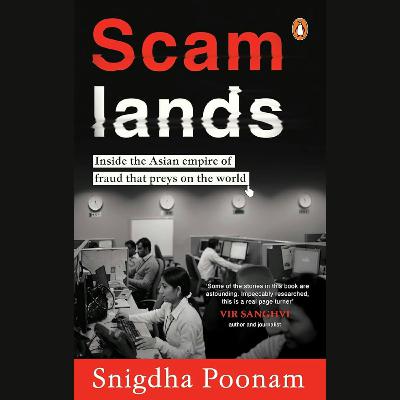
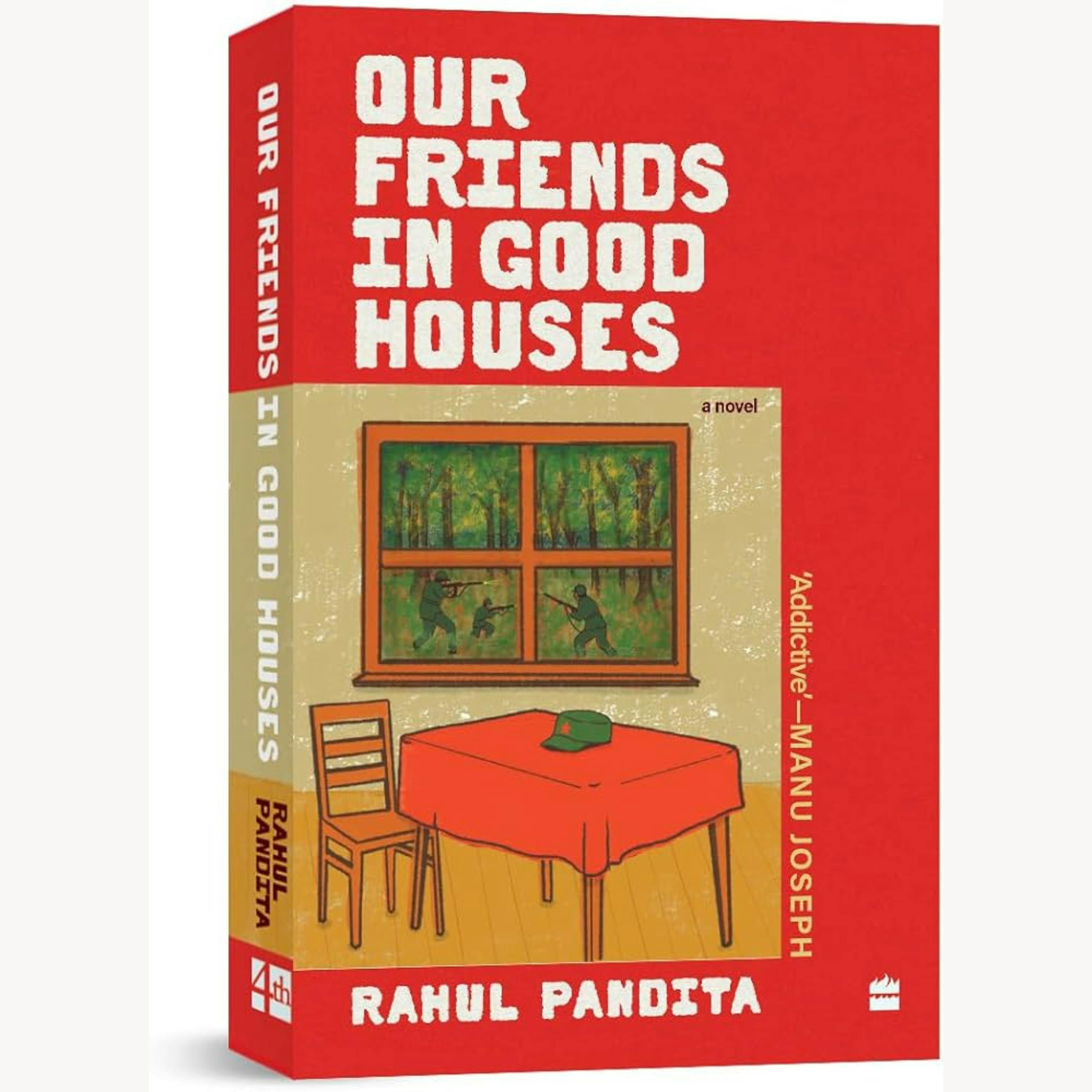
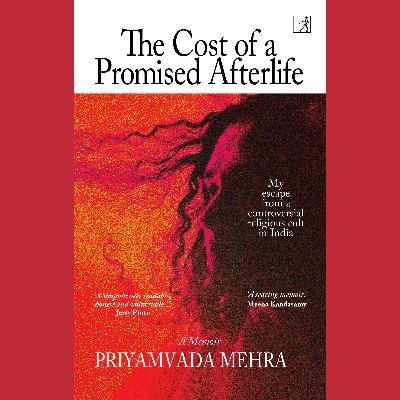
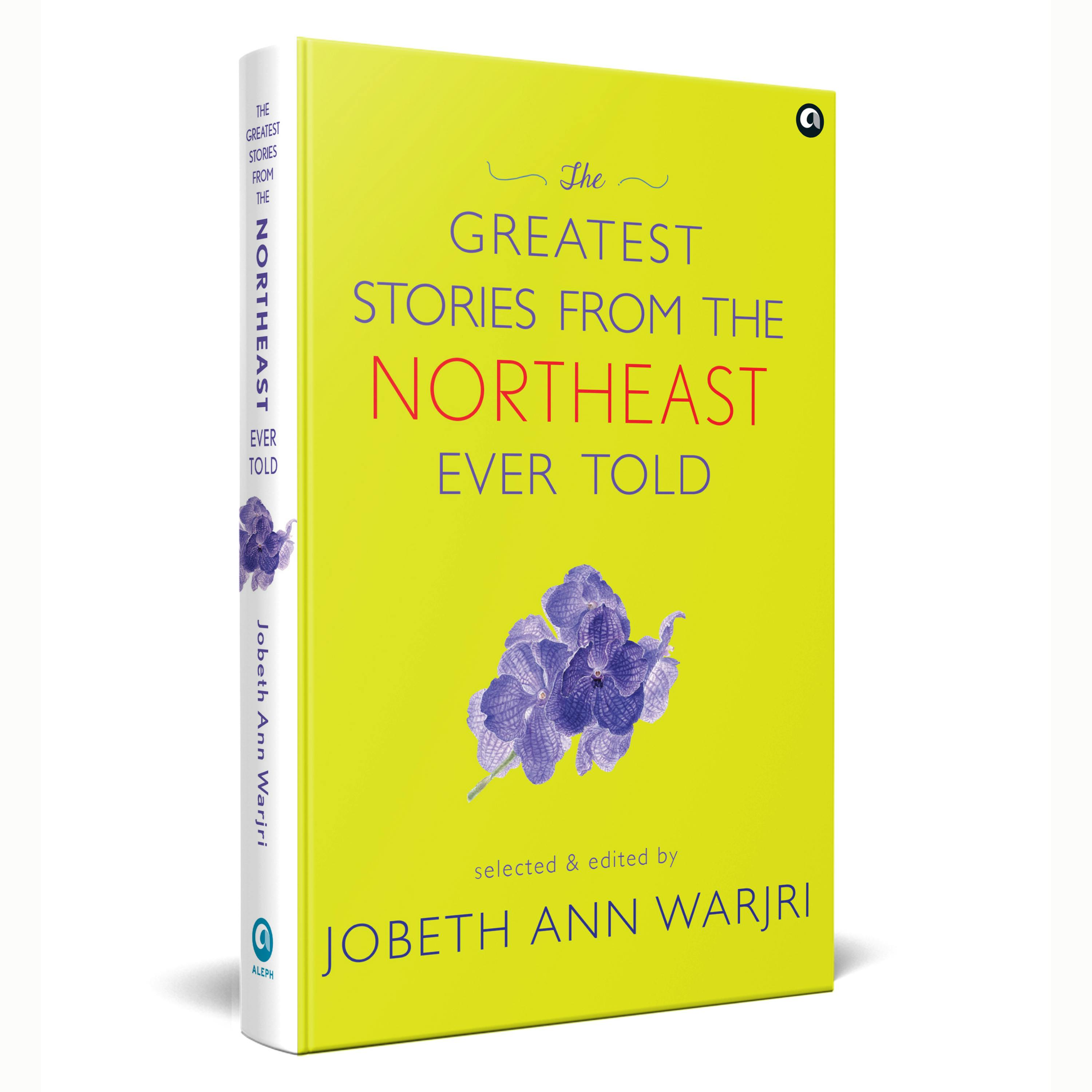

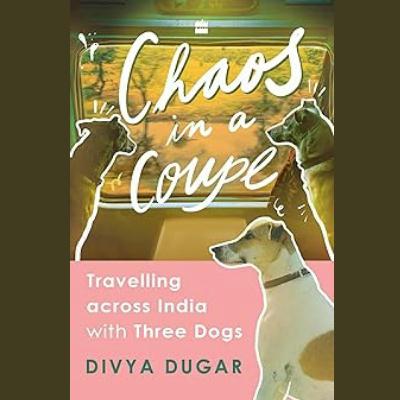
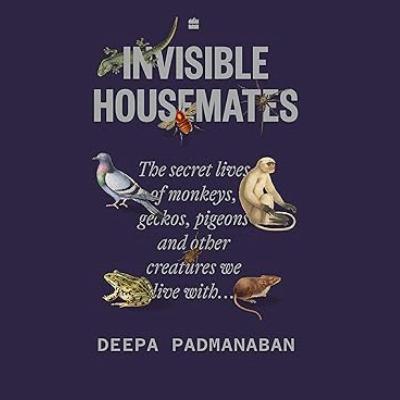
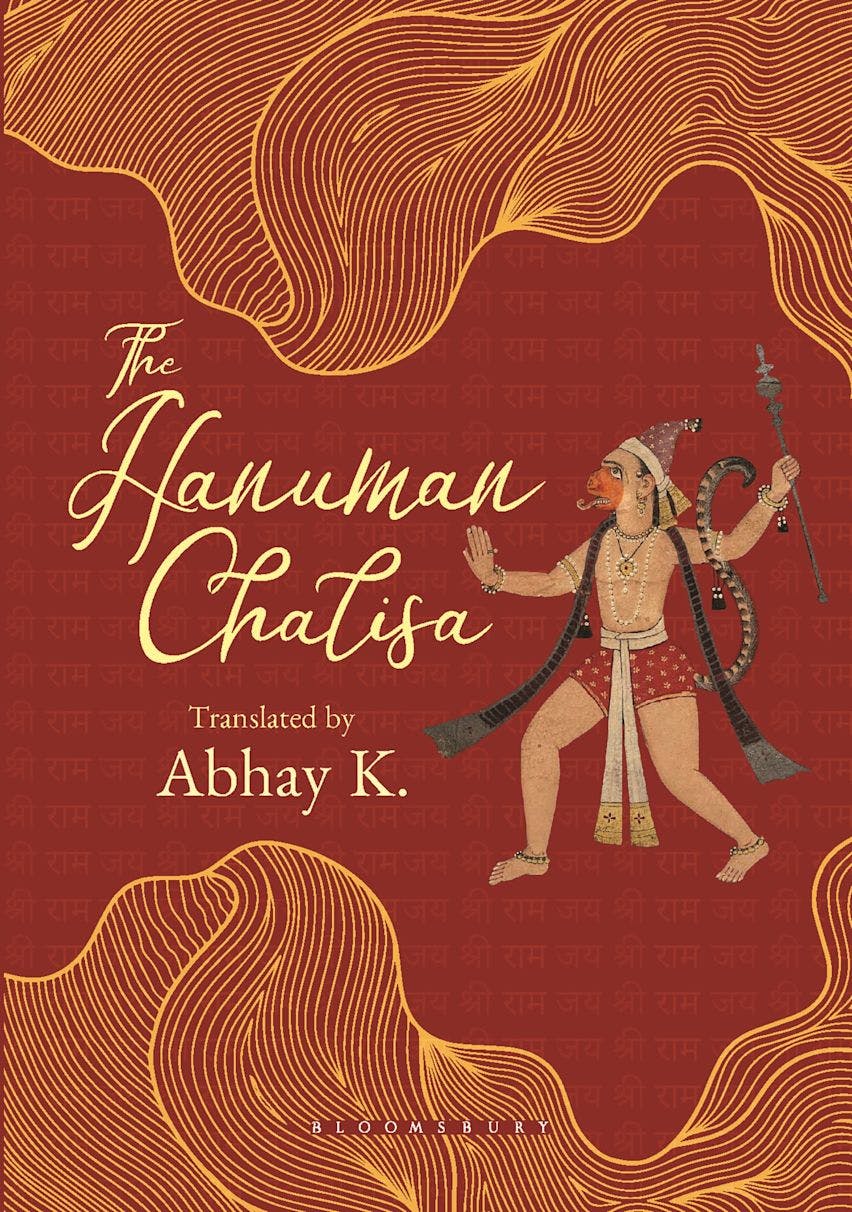
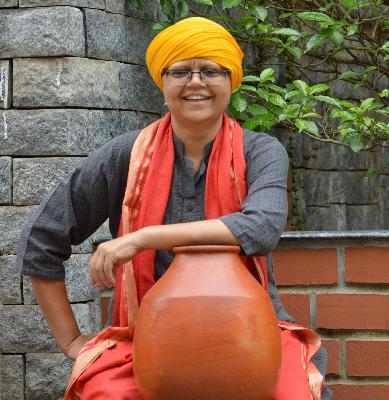

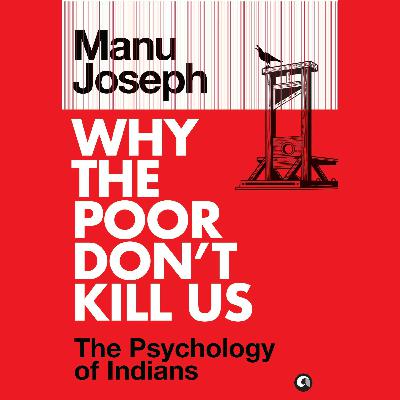


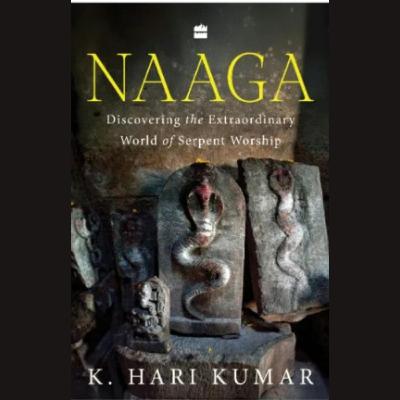


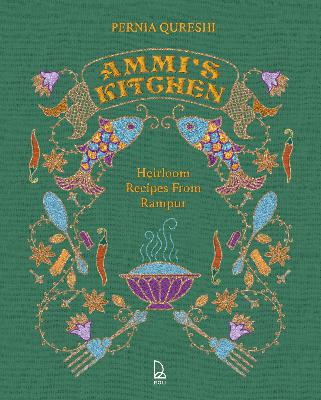

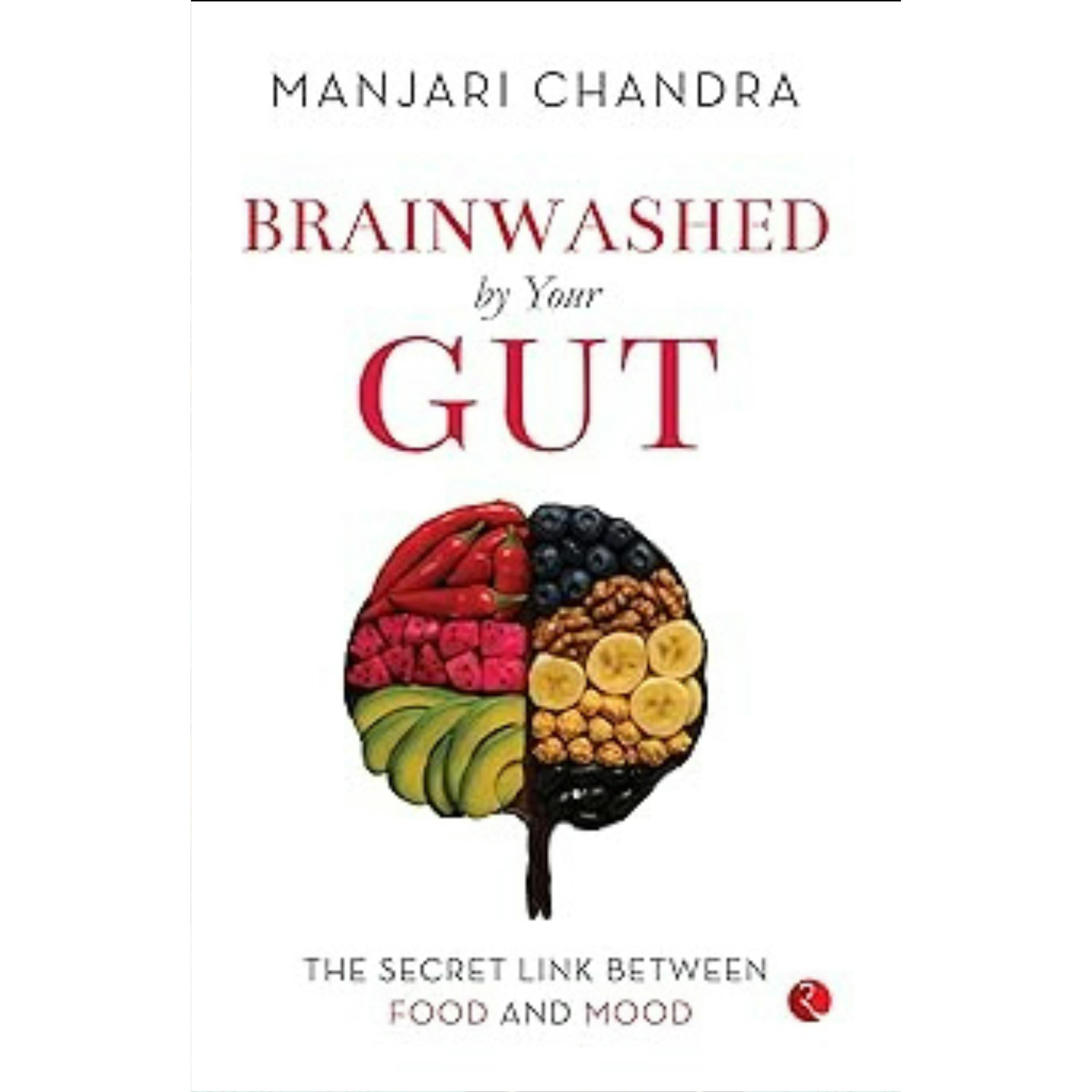




Excellent podcast !
Very interesting conversation. Saba is fantastic in being humorous. The gowmoothra churan part and she receiving lessons on muslim boys attracting hindu girls are few to mention.
Very interesting episodes; getting to know what's in the heart of the author. Thanks for these excellent podcasts. Please keep adding.
sound recording quality needs to improve. seems to be of a distant mic